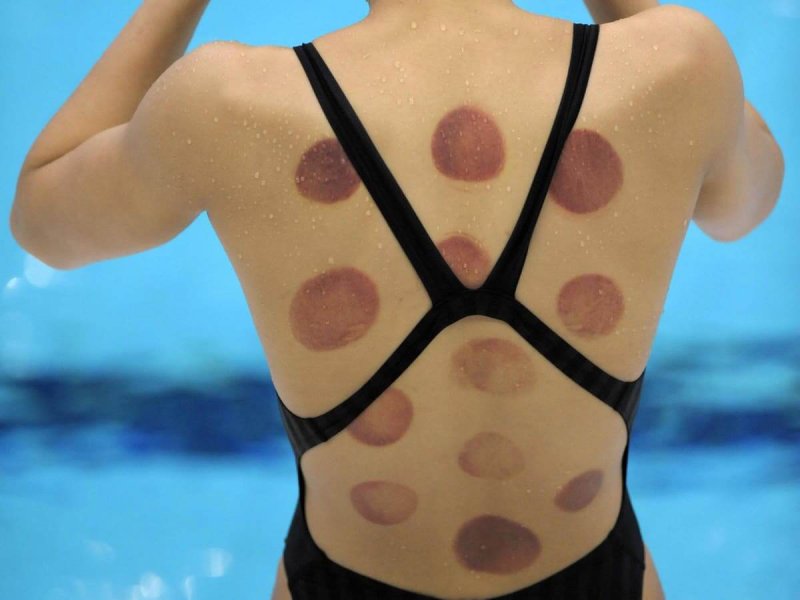In London in 2012 I noticed the almost ubiquitous multi-colored tape snaking in unusual patterns along the bodies of athletes. This was a product called “kinesiotape” which was alleged to provide support, stability, and strength to the athletes.
…
All of this is unproven and implausible… A systematic review for the treatment or prevention of ankle sprains, for example, found no evidence of efficacy.
…
[In the] 2016 Rio Olympics, the big pseudoscience there, especially visible among swimmers, was cupping. Cupping uses glass cups and burning herbs to create a partial vacuum over the skin, leaving behind characteristic round bruises – basically hickeys. Cupping is claimed to draw out toxins and improve blood flow, because those are the common fake claims often invoked for any dubious treatment.
Why is pseudoscience so common at the Olympics? When you are competing at that level, even the slightest advantage can make the difference between standing on the medal podium or not.































